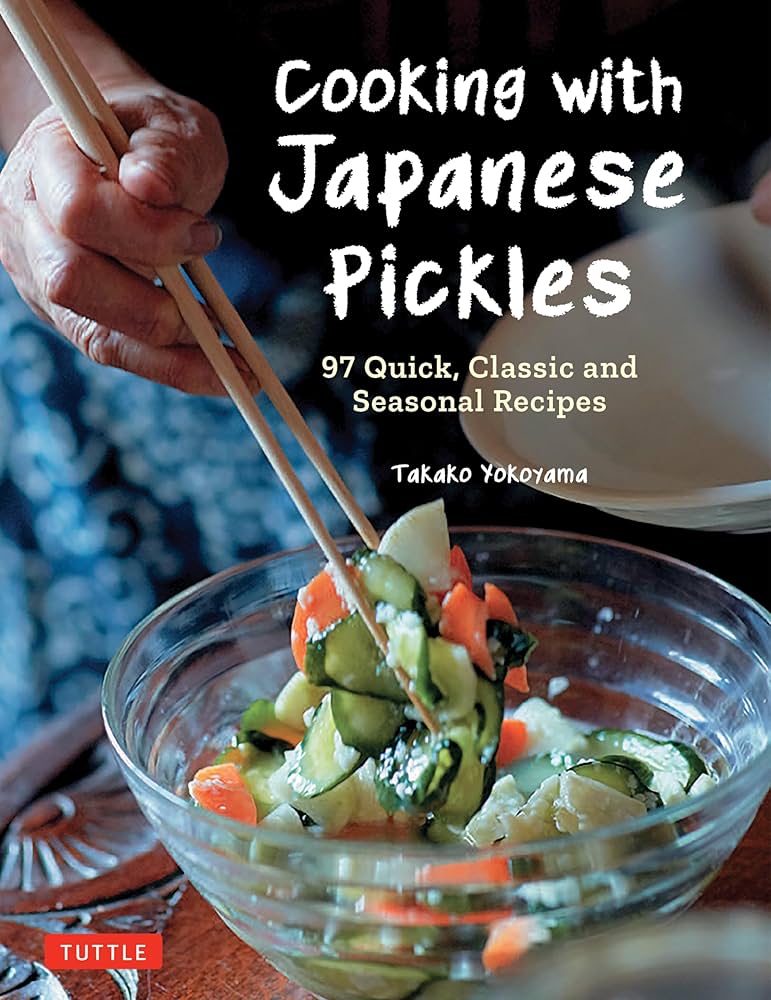Preserving Traditions: Keeping the Past Alive Through Pickling
As the autumn chill sets in, many gardeners like Anita Smith find themselves harvesting the last cucumbers from their gardens. With each rustling leaf, memories of preserving summer’s bounty flood back, reminding them of cherished family traditions and treasured recipes.
“I guess I began really when I started washing jars for my mom when I was a little girl,” Anita reflects, her hands deftly handling the cucumbers despite the prickly skin. “I would tell her, ‘Ugh, I’m never gonna do this when I’m older.’ Now I wash more jars than my mom ever made me do — by choice!”
Each fall, Smith diligently preserves hundreds of pounds of garden produce, employing time-honored techniques passed down through generations. Her expansive garden is a testament to her dedication, requiring countless hours of attention and care throughout the summer months. As the air grows crisper, her commitment to preserving as much of her hard-earned harvest intensifies.
“I do green beans and carrots and corn the old-fashioned way, with glass lids and rubber rings in a water bath on top of the stove,” she proudly states. “Not too many people do it anymore.”
Home-canned delights that embody family traditions.
Smith’s canning repertoire is impressive, encompassing everything from jams to mustard beans. Yet, her favorite remains her grandmother’s dill pickles, a cherished recipe that has evolved through the family tree. While her grandmother preferred larger cucumbers, Smith’s mother added smaller pickles to the mix, much to the delight of Smith and her siblings, who would playfully argue over the “baby pickle.”
“My mom didn’t have a pickle recipe, so my dad took her to go see his mom and get her recipe,” she recounts, her eyes sparkling with nostalgia. “My grandma only spoke French, so my mom couldn’t really communicate with her. My dad had to translate the recipe into English. So, good on Dad for getting it right!”
The labor-intensive art of canning holds a special place in Smith’s heart. With each jar she seals, she not only preserves food but also the memories and traditions tied to her family’s culinary heritage. The only thing she wishes to vanish is the last baby pickle, signaling the end of the canning season.
“I’ve already taught my daughters how to can, so I know that this recipe will be passed on not only to my daughters but maybe their children,” she states, affirming her commitment to sustaining these family traditions for future generations.
Fresh cucumbers ready for pickling.
The joy of canning lies not just in the end products but in the stories shared and the lessons learned along the way. As Smith prepares for another season of filling her pantry with jars of preserved goodness, she embodies a message that resonates strongly among the pickling community: It’s not just about the pickles; it’s about preserving the past for the future.
As we reflect on the significance of home canning and the stories behind beloved family recipes, it becomes evident that the act of preserving goes beyond mere food preservation; it is a way to keep traditions alive and to connect generations through shared experiences. Anita Smith’s story is just one of many that highlight the importance of maintaining these age-old practices in a fast-paced world.
In conclusion, whether you’re an experienced canner or just starting out, embracing the art of pickling and canning is a beautiful way to honor the past while creating delicious memories for the future. So next time you find yourself in the kitchen with a jar and a handful of cucumbers, consider what flavors, stories, and traditions you too could be preserving.
Preserving flavors, one jar at a time.















